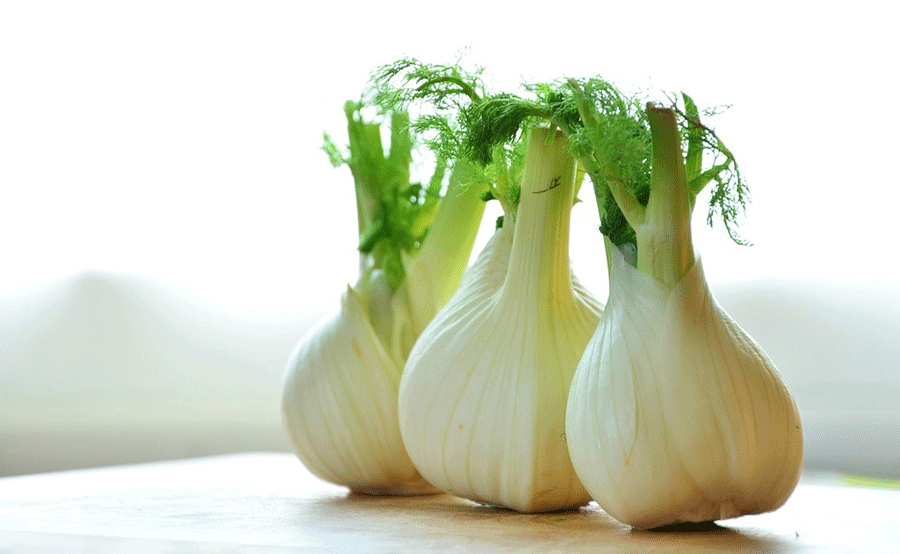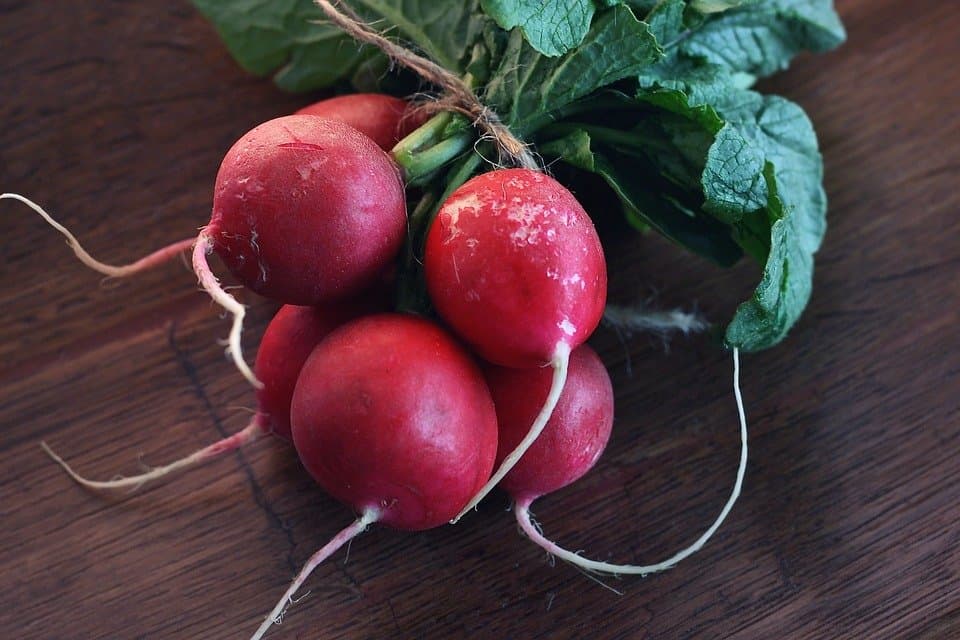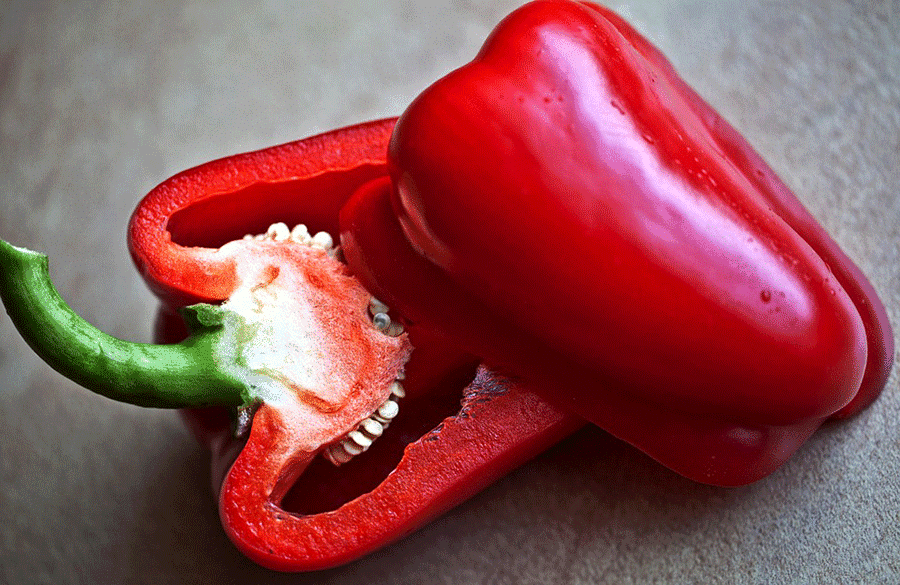Freezing, drying and canning are options for long-term storage of freshly harvested vegetables, but what are the best ways to store produce for a few days or weeks? The Ecology Center at Berkeley Farmers’ Markets in California offers these environmentally responsible (no plastic wraps or disposable containers) suggestions.
Beans, shelling Open container in fridge.
Beets Remove tops (store separately in fridge; tops left on root vegetables draw moisture from the root); open container with wet towel on top.

Broccoli Wrap in damp towel; open container in fridge.
Brussels sprouts Store in fridge if still on stalk; place loose sprouts in open container in fridge with damp towel on top.
Cabbage On counter for up to a week; otherwise, place in crisper.
Carrots Cut off tops. Wrap in damp towel; closed container in fridge.
Celery In shallow bowl of water on counter.
Cucumber On counter for day or two; wrap in damp towel in fridge for longer storage.
Eggplant Dislikes moisture around leaves so don’t wash; store in crisper.

Fennel On counter or upright in bowl of water for a few days. For longer storage, closed container with a little water in fridge.
Green beans Damp cloth over open container in fridge.

Radishes Remove tops (store separately); open container in fridge with damp towel overtop.
Snap peas Open container in fridge.
Summer squash On counter, even after cut.

Sweet peppers Wash just before eating; moisture decreases storage life. Keep in cool room for a few days, in crisper for longer periods.
Tomatoes Up to two weeks on counter (never refrigerate).
Turnips Remove greens (store separately); open container with moist cloth overtop.
Zucchini On counter for a few days, even after cut.








